Violence on New York Subways is High. But if You See Something, Should You Say Something?
Harassment of LGBTQ people is at an all-time high, and the New York City subway is the belly of the beast. But without clear guidelines from the NYPD, how and when should you intervene?
On a summer afternoon in August 2021, Athena Schaffner scrolled the Chipotle menu as she rode the New York City C train.
When the train dipped into a tunnel, a man with baggy sweatpants and a disposable facemask stood up from the orange plastic seats and peered at the subway signs above Schaffner, a lesbian college student who was 20 at the time. As he loomed over Schaffner’s short, spiky hair, she got nervous and looked up. Before she could blink, the man punched her squarely in the forehead. “What?” he screamed. “You don't want to sleep with me?”
After the subway creaked to a stop, the doors opened and the man ran off. Schaffner sat frozen, her head pulsing.
She looked at the other passengers for help. A woman stood with her earbuds in and her eyes focused on her phone. A man shifted his weight, holding on to the subway pole. No one made eye contact. No one said a word.
“I felt alone,” Schaffner told Uncloseted Media.
The New York City subway can feel like the belly of the beast when it comes to violence. In the last few months, a man nearly died after being pushed on the tracks in Chelsea, and a woman was killed after being lit on fire on a train in Brooklyn.
While the New York City Police Department (NYPD) says overall transit crime has decreased by 36.4% since last year, assaults, harassment and murder have increased since 2021.
Polls show that fear of crime is still the main reason people are hesitant to ride the subway. Only half of those who ride feel safe.
For LGBTQ and queer-presenting people, the subway is even more dangerous. In recent years, attacks against the LGBTQ community have surged, according to the FBI’s annual crime report. More than one-in-five hate crimes are motivated by anti-LGBTQ bias, an increase of 53% from last year. In the subway, trans women have been harassed, lost their legs after being pushed in front of the tracks, been sexually assaulted and been called slurs.
This fear is prompting scholars, activists and victims to ask: What role should bystanders play in intervening in this public violence?
The Bystander Dilemma: Should You Step In?
While the MTA declined to comment for this article, they directed Uncloseted Media to their hate crimes guidelines, where they instruct bystanders to report subway incidents and to “only intervene if you think that it is safe.” They also add, “Don’t try to handle it on your own. The situation could escalate.”
Given some stops span up to 3.5 miles where doors are shut for over five minutes, situations can escalate quickly. When victims have no escape, waiting for authorities may be unrealistic. And research shows that with the right tools, intervention may be more effective at keeping people safe than staying silent.
When bystanders intervene, 79% of victims of sexual harassment in public spaces say the situation improved, according to a 2019 survey. Another study, led by the United Kingdom's Center for Research on Violence Against Women, found a greater than 50% reduction in sexual violence at schools that received bystander training.
Still, people in the U.S. only intervene 15% of the time.
“It all goes back to some basic psychological principles of the bystander effect,” says Annelise Mennicke, the associate director of research at the University of North Carolina Violence Prevention Center. “If there's a group of people, there's a diffusion of responsibility, and people feel unsure. Everybody looks at each other and says, ‘It's not my job to do it.’ Well, whose job is it?”
Mennicke says lack of intervention creates a domino effect and makes standing by feel normal.
“Although we all imagine ourselves heroes, the fact is that many people refrain from helping in real life, especially when we are aware that other people are present at the scene,” according to social neuroscientist Ruud Hortensius’ research findings from a 2018 report in Current Directions in Psychological Science.
Uncloseted Media interviewed six New Yorkers outside the city’s F train. When asked about their own likelihood to intervene, one of the top reasons they provided for not stepping in is that they didn’t want to risk their own safety.
“You don’t know the scenario,” says Matt Birnholtz, a 26-year-old computer coder in Brooklyn. “You don’t want to put yourself in harm’s way. If you’re the only one who intervenes, you’re putting yourself in a situation you don’t understand and that’s scary.”
There are reasons to be more afraid to intervene in America, a country with the most firearms per capita in the world: 120.5 guns among 100 residents.
“There’s a lot of barriers to intervention related to fear of being wrong, fear of harming yourself or putting yourself in danger, fear of somebody getting mad at you. Bystander intervention training can help with all of those,” says Mennicke.
Amelia Prochaska, a bystander intervention facilitator, says that “Western culture” teaches us not to intervene. “We're socialized to ignore things or to stay in our lane,” she says. “We’re taught to be more independent and less involved in our communities, which [conditions] us to be less reliant on each other.”
She says that if a stranger is being harassed and you don’t view them as part of your community, it’s hard to step in. “We’re not thinking about what's at stake for that person,” she says.
Savannah Lynn, an assistant director for Diversity Inclusion at New York University School of Law, agrees. “Intervening is just not done,” she says. “Everybody ignores the situation. And that's understandable. But there are situations where intervention is necessary, and it changes the trajectory.”
These incidents often start with verbal harassment or catcalling—which disproportionately affect queer people and women.
How Harassment Turns into Violence
In August 2023, a 22-year-old trans woman was waiting for the J train in Brooklyn when a man approached her, catcalled her, and made a sexually suggestive gesture. According to Brooklyn prosecutors, he then grabbed her butt and, when she confronted him verbally, he threatened her and called her a “faggot.”
After they entered the train, he hit her repeatedly, threw her to the floor and beat her until bystanders pulled him off. She ended up with a broken nose, and the man was charged with a hate crime.
Prochaska says it’s critical that bystanders intervene sooner when they see the beginnings of harassment. “Kissy noises, grunts, and unwelcome conversations contribute to the culture of disrespect,” she says. “If we don't intervene here, then it can escalate to identity-based harassment. This is where we usually see slurs, hate, and physical violence.”
Mennicke says that perpetrators are often “testing the waters” by starting with verbal harassment. In the case of the woman and the man on the platform, she believes the witnesses on the platform had already committed to not intervening.
“By moving off the subway platform and onto the train, new people were involved and saw the severity of the situation without the slow escalation,’’ she says. “I wouldn't be surprised if [it was] the new people who intervened because they suddenly saw a brand-new situation and couldn’t rationalize it to themselves.”
Who Gets Help? The Role of Identity in Bystander Intervention
“We tend to help people we perceive as less socially distant from ourselves or have more in common with us,” says Brenden Lance, director of the Hate Crime Research and Policy Institute at Florida State University.
Lance says political animus toward the LGBTQ community is creating a climate that makes the public less willing to help. “People perceive themselves as different from [trans and queer people]. Legislation is just making that more concrete.”
Something as superficial as a t-shirt can influence whether a bystander will step in. A 2013 study found that football fans were more likely to verbally or physically intervene in an escalating incident of harassment when the victim was wearing the same jersey as the team they supported.
“Any level of connection can increase your likelihood of helping,” Proschaska says.
Alisa Nudar, a 17-year-old queer student, says she was “so relieved” when someone her age stepped in to help when she was being harassed.
Nudar remembers waiting for the train in Queens when she noticed a man getting closer to her.
“Hey Sweetheart,” he whispered. “How you doing?”
She shifted her weight, unsure whether to leave or respond and afraid the situation might become violent. “My first thought was, ‘Will he follow me home?’” Nudar told Uncloseted Media.
Suddenly, a woman her age approached and gently asked about her day. Nudar pretended to know her, and they boarded the train.
“I felt like I wasn't alone,” Nudar says. “[A stranger] saying something, even something small, broke the situation and made me feel like I wasn't crazy because someone else noticed it.”
This method of intervention is called Distract, according to Proschaska.
What Can You Do? Safe Ways to Intervene
Proschaska recommends methods of intervention that focus on supporting the person who's experiencing the harassment rather than engaging with the perpetrator. In addition to Distract, techniques include Delegate, Document, Delay and Direct.
The 5-Ds, according to Right to Be, a bystander intervention training group, focus on de-escalation. Only one of them involves engagement with the perpetrator.
“Say you're on the train, and someone's getting yelled at. You can go and stand between them with headphones on,” says Proschaska, referring to Distract. “You're creating physical distance [and] starting to diffuse the tension. You don’t even have to say anything.”
If that doesn’t feel safe, Prochaska says you can reach out to the person next to you and ask for their assistance. “Delegate really asks you to consider your positionality in terms of power, privilege, vulnerability, and safety,” she says. “We're often waiting for someone else to say something without directly asking them to.”
If there’s no way to delegate or distract, taking video can help provide evidence if the situation does get out of hand.
Keith Lynch, who worked for the NYPD for eight years, says people should report harassment on the subway. “Not everyone is in a position to physically intervene,” he says. “But you can always report it.”
While there are emergency alert buttons on trains, phones in stations, and security cameras in trains, the NYPD does not have clear guidelines on what people should do if they see an incident on the subway. Uncloseted Media requested interviews with the NYPD multiple times and sent them a list of questions for comment. They declined an interview and did not respond to our questions.
Without a clear message from the police when it comes to bystander intervention, Proschaska says citizens on the subway have a duty to step in to help their fellow New Yorkers.
“When we start intervening, it helps us all,” she says. “Part of the power of giving people tools and plans for what to do if they see disrespect is acknowledging that it's happening. The idea that it's just the way it is is something to directly oppose. I believe that we deserve better than harassment, and we deserve people’s help.”
If objective, nonpartisan, rigorous, LGBTQ-focused journalism is important to you, please consider making a tax-deductible donation through our fiscal sponsor, Resource Impact, by clicking this button:


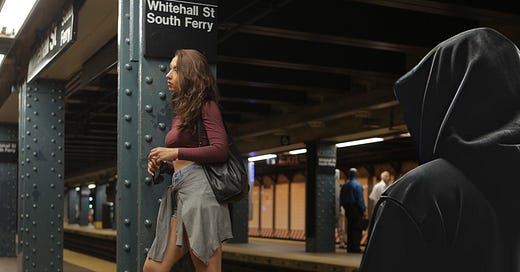



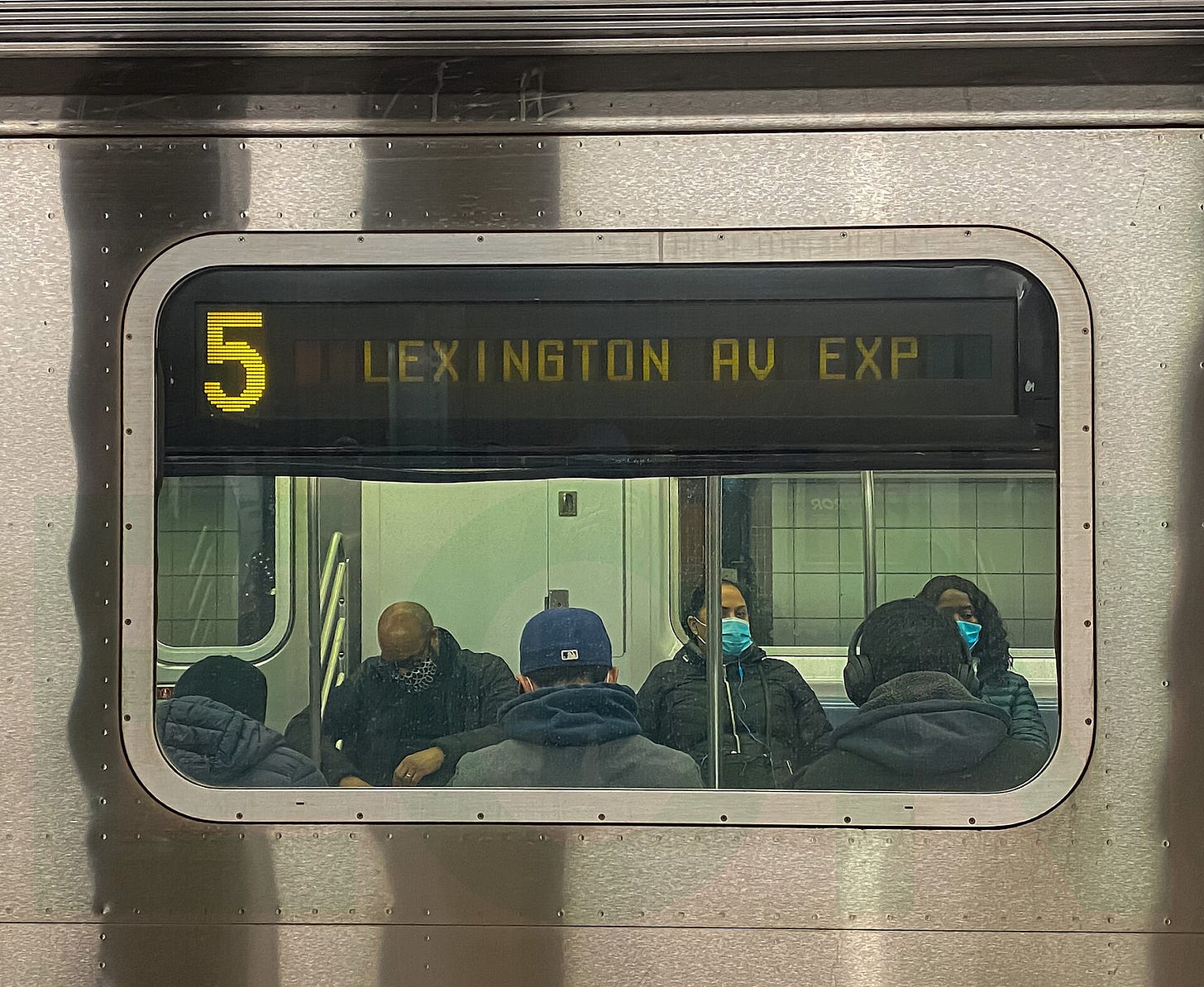
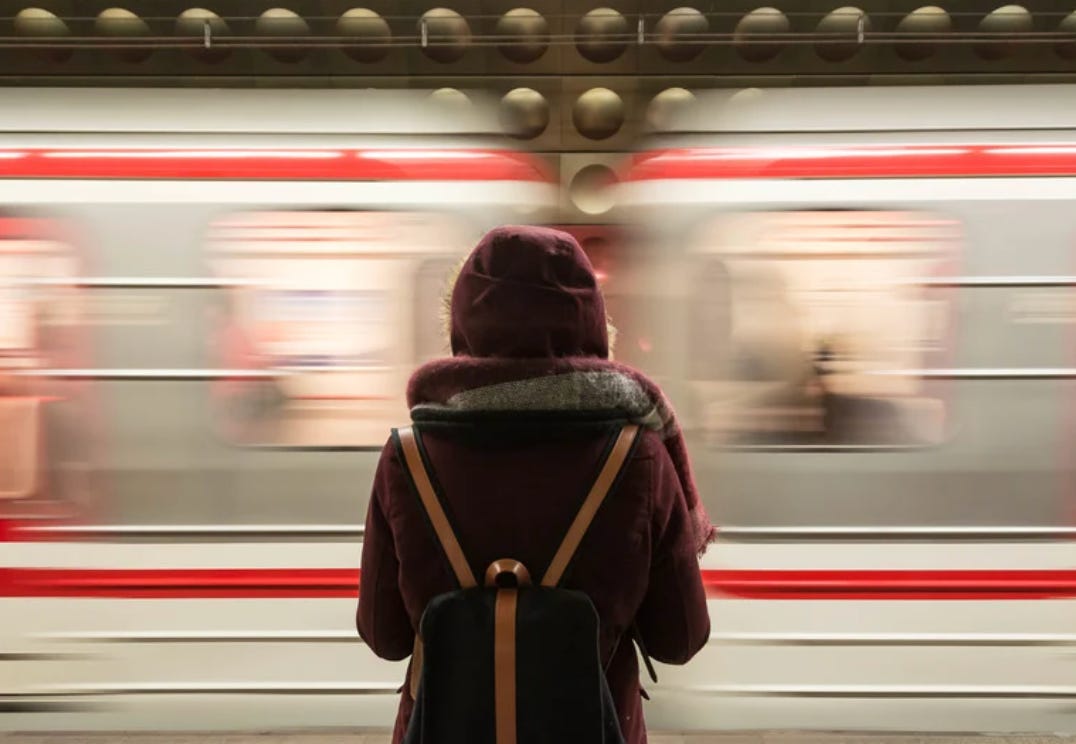
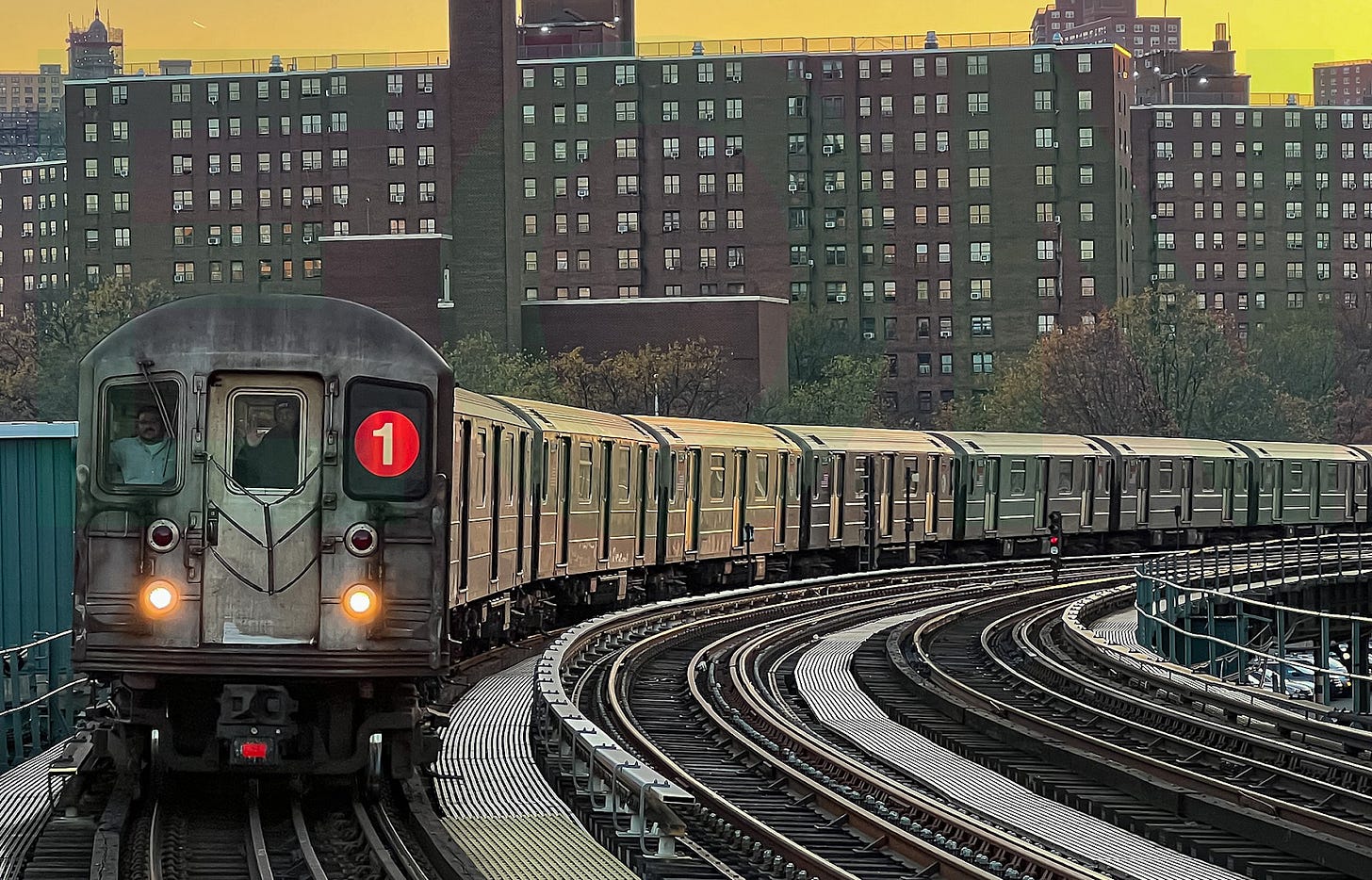
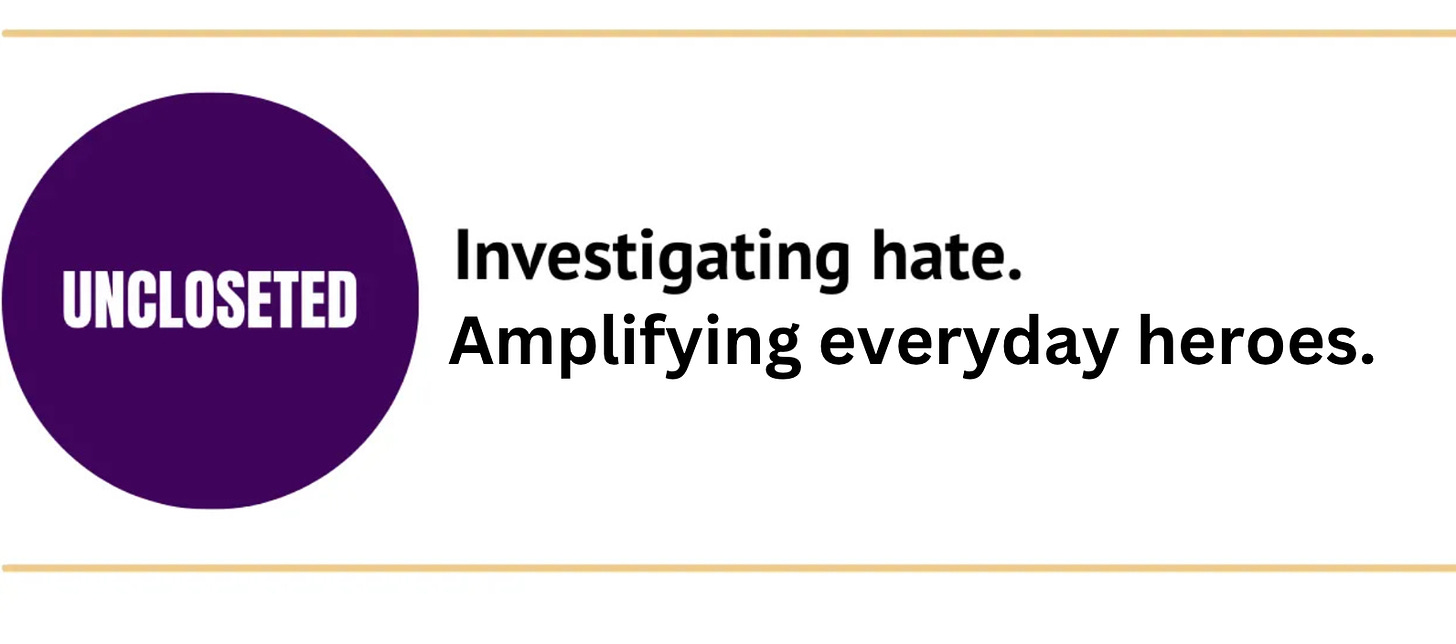
such an important topic to speak about!
The increase in violence against LGBTQ Americans is no accident, it's intentional and it's part of the GOPMAGA plan to eradicate first transgender Americans, gender expansive folks, Intersex people, then the rest of the LGBTQ community. There are 28 million of us and the GOPMAGAs intend to murder us all.